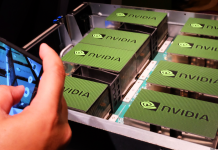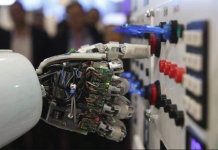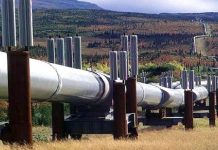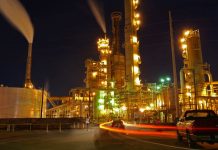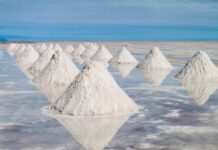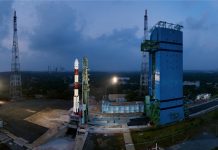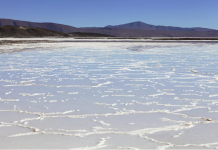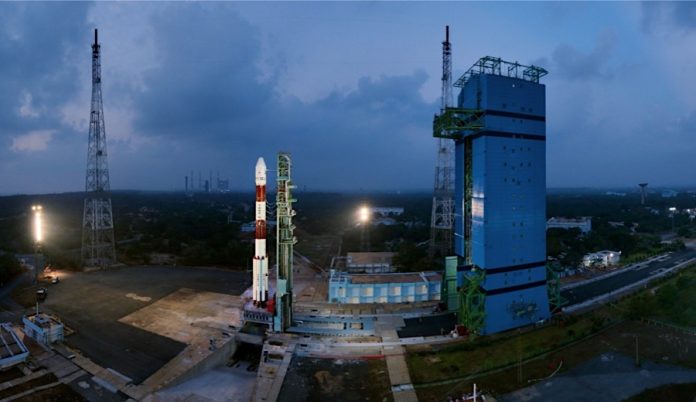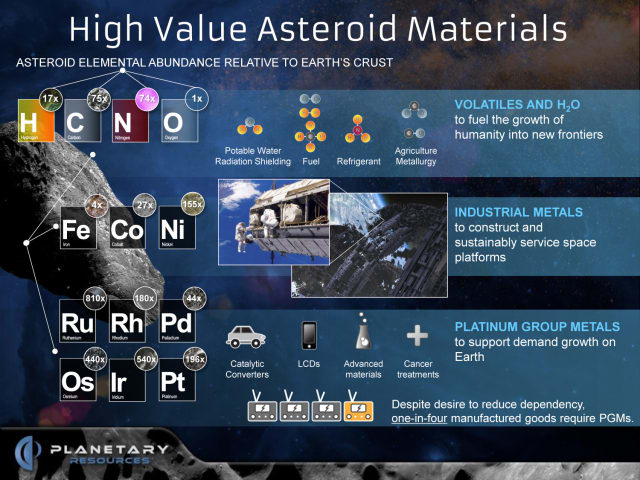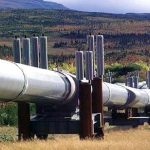The Arkyd-6 spacecraft buckled up and ready for launch onboard PSLV-C40
US-based Planetary Resources is now a step closer to begin mining asteroids as it successfully launched its Arkyd-6 spacecraft on the evening of January 11, 2018, the company’s second technology for celestial bodies-observing tests.
The Redmond, Washington-based firm had been working on its Arkyd-6 imaging satellite for years with the goal of developing a tool able to deliver affordable, on-demand intelligence of natural resources available at near-Earth asteroids.
Planetary Resources’ first spacecraft of this kind — the Arkyd3 Reflight (A3R) — was launched from the International Space Station in early 2015 aboard the SpaceX Falcon 9.
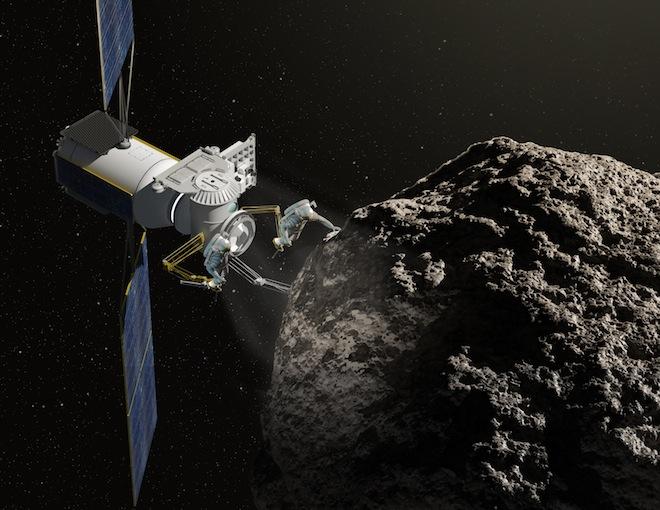
The Arkyd-6 is twice as big, and is expected to provide Earth imagery in the midwave infrared slice of the electromagnetic spectrum. It contains core technology that will be used in the company’s asteroid exploration program, including a mid-wave infrared sensor, second-generation avionics, power systems, communications, and attitude determination and control systems.
The team has already begun to receive telemetry from the spacecraft, Planetary Resources said. It added that data obtained from the Arkyd-6 would be valuable in the development of the Arkyd-301, its next spacecraft platform and the beginning of its space resource exploration program.
“The success of the Arykd-6 will validate and inform the design and engineering philosophies we have embraced since the beginning of this innovative project,” Chris Lewicki, President and CEO of Planetary Resources, said in the statement. “We will continue to employ these methods through the development of the Arkyd-301 and beyond as we progress toward our Space Resource Exploration Mission.”
Many consider asteroid mining a first and key step to the eventual colonization of outer space, something similar to what California’s Gold Rush was, but out of this planet.
Nearly 9,000 asteroids larger than 36 meters (150 feet) in diameter orbit near Earth. Geologists believe they are packed with iron ore, nickel and precious metals at much higher concentrations than those found on Earth, making up a market valued in the trillions of dollars.
Asteroids are also a prime source for water in space, essential for interplanetary outpost.



